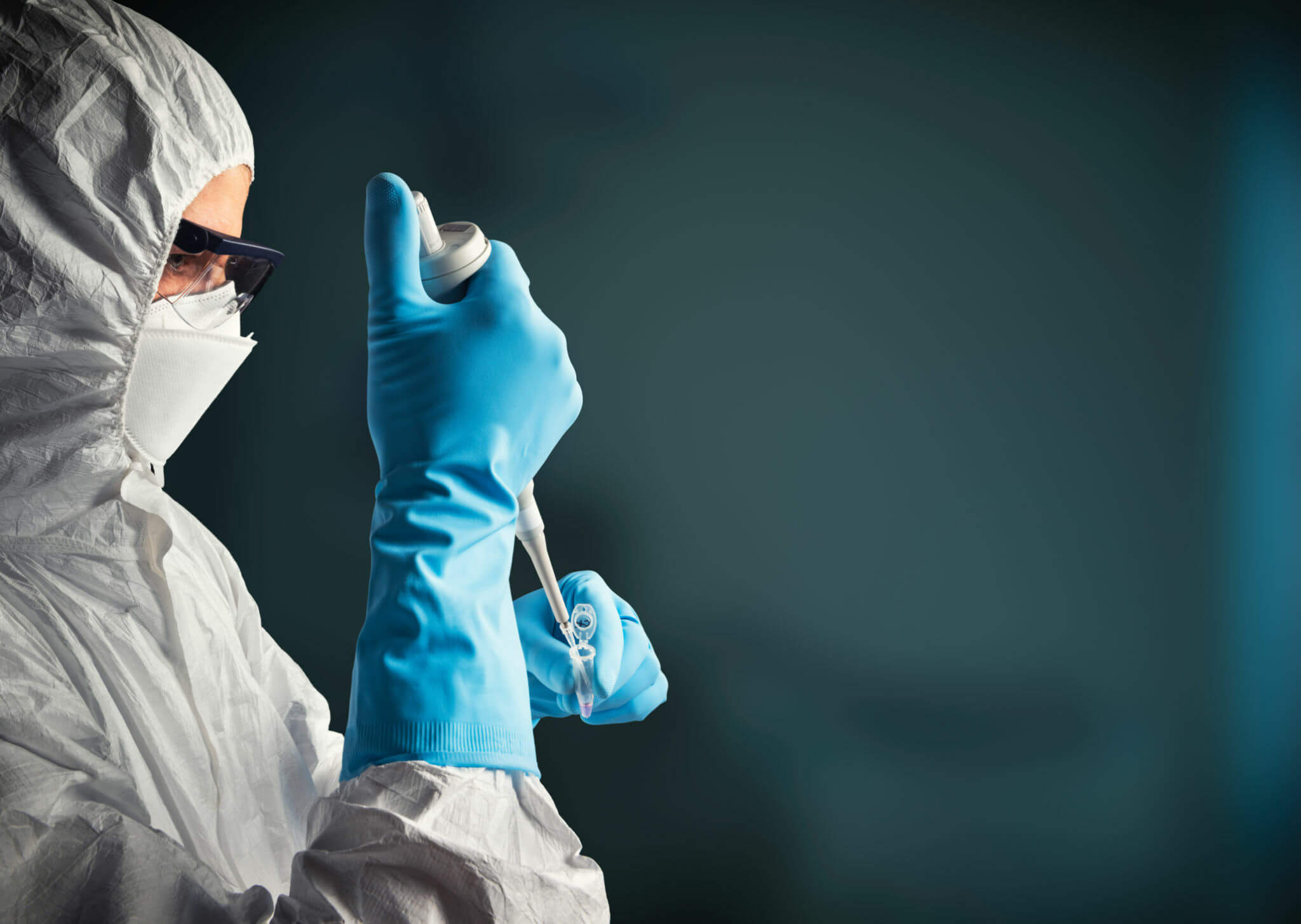A New Optimized Design Concept for Saliva DNA Isolation Kit

DNA isolation from saliva provides a non-invasive alternative to blood samples for obtaining high quality DNA for a variety of genetic studies. Saliva collection is simple, inexpensive, and can be done remotely and shipped without requiring phlebotomy. With the optimization of saliva DNA extraction protocols, saliva has become an increasingly useful source of DNA.
A research study published in the Journal of Visualized Experiments in 2014 describes an optimized procedure for extracting and isolating DNA from saliva in sufficient yields for downstream applications such as genotyping microarrays and next generation sequencing.
Advantages of Saliva DNA
Saliva offers several advantages over blood for DNA isolation:
-
☑️Non-invasive collection method
-
☑️Ability to collect remotely and ship samples
-
☑️Avoid need for phlebotomy
-
☑️Low cost
-
☑️High number of cells in saliva provide good DNA yields
While blood remains the gold standard, saliva is a practical alternative when blood or cell lines are unavailable, or for studies where recruitment is enhanced by the ease of saliva collection.
Prior Methods and Limitations
Previous studies have shown suitability of saliva DNA for specific genotyping techniques. However, there was a lack of optimized protocols for next generation sequencing applications. Limitations of prior methods include:
-
☑️Lower DNA yields
-
☑️Residual RNA or protein impurities
-
☑️DNA fragmentation
Optimized Saliva DNA Extraction Protocol
To address these limitations, the researchers optimized a saliva DNA extraction protocol to improve yields, purity, and integrity of DNA:
-
1. Saliva Collection and Storage
-
- Subjects provide 2.5mL saliva into tube containing 2.5mL DNA stabilization buffer
-
2. Cell Lysis
-
- Mix saliva/buffer samples with cell lysis solution
-
- Incubate at room temperature for 30 minutes
-
3. RNA Removal
-
- Add RNase A and incubate at 37°C for 15 minutes
-
- Cool on ice for 3 minutes
-
4. Protein Removal
-
- Add Proteinase K and incubate >30 minutes
-
- Precipitate proteins, vortex, incubate on ice
-
- Centrifuge to form tight protein pellet
-
5. DNA Precipitation
-
- Transfer supernatant to isopropanol/glycogen
-
- Invert to mix, centrifuge 30 minutes at 4°C
-
- Wash DNA pellet with ethanol, centrifuge again
-
- Remove ethanol, air dry pellet
-
6. DNA Rehydration
-
- Resuspend dried DNA pellet in Tris-EDTA buffer
-
- Incubate at 65°C for 1 hour
-
- Incubate overnight at room temperature
Critical Optimizations
The researchers identified optimal modifications to improve DNA quantity and quality:
-
☑️30 minute cell lysis incubation
-
☑️Increased centrifugation time for DNA precipitation
-
☑️RNase treatment to remove contaminating RNA
Results
This optimized saliva DNA extraction protocol produces high molecular weight DNA free of degradation, with A260/280 ratios indicating high purity.
The isolated DNA was successfully used for targeted sequencing, with high percent on-target reads, strand balance, and genotype concordance with microarrays. This demonstrates suitability for high-throughput sequencing applications.
In comparison to commercial kits, the optimized procedure had lower cost per extraction while maintaining DNA yield and quality.
Conclusions
This study proposes a new optimized design concept for a saliva DNA isolation kit. Through key optimizations like extending cell lysis time, increasing DNA precipitation centrifugation time, and adding an RNAse digestion step, the kit can effectively extract DNA with high purity, integrity, and yield. The extracted DNA can be directly used for downstream gene chip genotyping and high-throughput sequencing analysis. Compared to current commercially available kits, this design reduces costs by optimizing reagent formulations while maintaining extraction performance. So a saliva DNA isolation kit developed from this design concept is simple, economical and efficient. Compared to existing products, it has significant advantages and broad market potential to promote the widespread use of saliva DNA samples in genetic research.
Click to View → Mantacc MSC-003 Saliva Collection Kit
References
-
1. Collection and Extraction of Saliva DNA for Next Generation Sequencing








